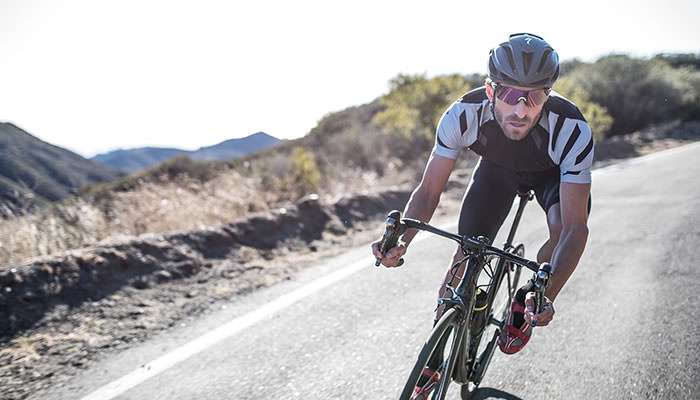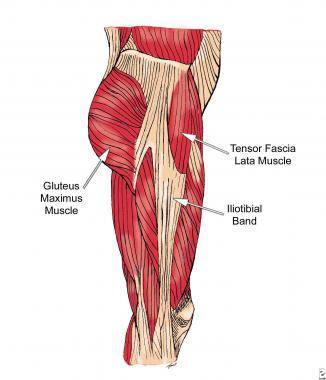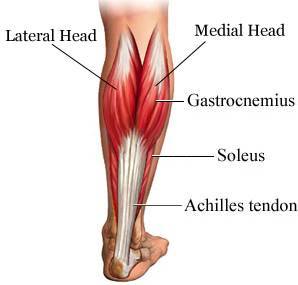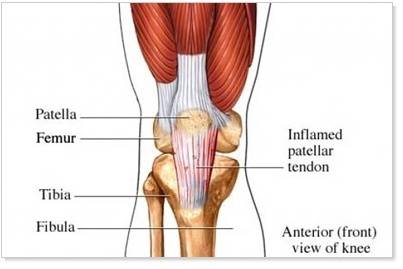With the increased popularity of cycling comes an increase in cycling-related injuries. In fact, according to a study in the Journal of the American Medical Association, injuries among adult bicyclists are up since 1998. While the worst injuries are often a result of a crash or collision, the chances of either of these happening are fairly low. But the chances of non-crash related injuries resulting instead from bad posture, improper bike fit or repetitive movements are more likely to plague cyclists. Luckily, all of these common cycling injuries are easily preventable if dealt with before they become an issue.
Let’s take a look at some of the most common cycling injuries and how to prevent them:
1. Lower Back Strain
Bike fit and long hours in an aggressive riding position can often lead to lower back strain in cyclists. While, most times, this back strain is mild and easily treated or prevented, excessive strain can lead to more serious conditions including nerve entrapment and sciatica which require medical attention.
The good news is that prevention of lower back strain is fairly simple. First, you want to ensure that your bike fit is correct. Back pain can be avoided by having your bike set up correctly to avoid over-reaching in the case of a frame being too large and a hunched posture in the case of it being too small. Second, you want to ensure proper muscle and joint preparation prior to every ride. While it is crucial to stretch and warm up your lower limbs that are doing the majority of the work, make sure you also pay attention to your lower back and core muscles.
2. ITB Syndrome
The ITB (Illiotibial Band) is the ligament that runs down the outside of the thigh from the hip to the shin. ITB syndrome occurs when this ligament becomes tight or inflamed by moving over the outside of the knee. The ITB is seen as a problem in many knee injuries and is a common problem in cyclists due to the repetitive motion of bending and straightening the knee.
The number one way to prevent ITB syndrome is to ensure proper bike set up. Your saddle height dictates your knee position. If the saddle is too high then the knee over straightens, if it’s too low the knee over bends. In addition, avoiding toeing during your ride will also help minimize stress through the ITB.
3. Achilles Tendonitis
Achilles tendonitis is an overuse injury caused by inflammation. For cyclists specifically, this injury is often caused by improper frame fit and cleat placement.
To prevent achilles tendonitis in the case of bike fit and incorrect cleat placement, you want to make sure that you are riding the correct frame for you (talk to someone at a local bike store or check out this article on frame fit for more information). If the saddle of your bike is too high, your toes will constantly be pointing down causing a continuous contraction of your calf muscles making you more. Lowering your seat and making sure you’re cleats aren’t pushed all the way forward towards the toe will help even out what muscles you use to pedal. Allowing the foot to dorsiflex (toe pointed up) during the bottom portion of the petal stroke can ease the tension on the Achilles and help prevent injury.
4. Patellar Tendonitis
The patellar tendon is located just below the kneecap. Patellar tendonitis is usually caused by having a seat that is too low or from riding too long using big gears. In both of these cases, the gluteal muscles aren’t utilized the way they should be which causes the quadricep muscles to become overworked and fatigued.
To prevent patellar tendonitis, first try raising your seat slightly. This will help utilize more of the hamstring and gluteal muscles and take some strain off of the patella tendon. You might also try a switching up your pedal cadence. Breaking up your training by pedaling in a high cadence (90-120 revolutions per minute) can help prevent injury when riding in big gears.
5. Saddle Sores
A saddle sore is a skin disorder that develops over time and is caused by long hours in the saddle and the friction of your sit bones against the seat. The friction between your skin, clothes and the saddle can lead to horrible rashes. Common causes of saddle sores include old shorts and having your saddle too high.
Lowering your saddle prevents less side-to-side motion which can cause excessive friction against the seat. If your seat is at the proper height, it might be time to think about investing in new riding shorts. A chamois cream can also help. Especially if you move around on the seat a lot during long rides.
Although these injuries can have an incredibly negative impact on your training, they are easily preventable. Proper technique, equipment and preparation can help prevent injuries and help you train harder and log more miles.
Using our Recovery Series and Performance Series sprays and cream can also lessen the chance of non-crash related injuries during cycling or other cross training.
Think you might be dealing with a cycling-related injury but not sure what kind? Let our injury specialists diagnose your injury and give you some tips and tricks to help treat it with our FREE Injury Assessment.






Leave A Comment